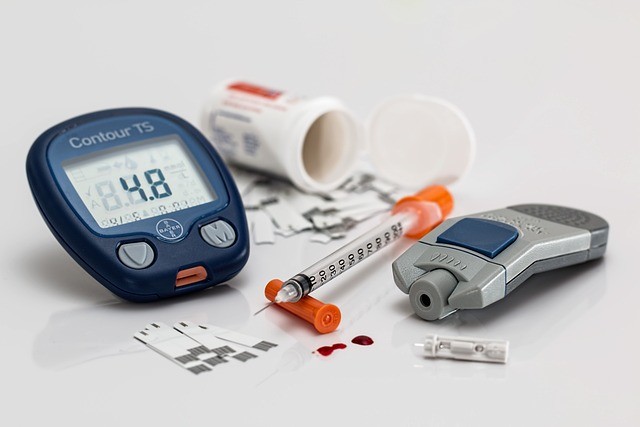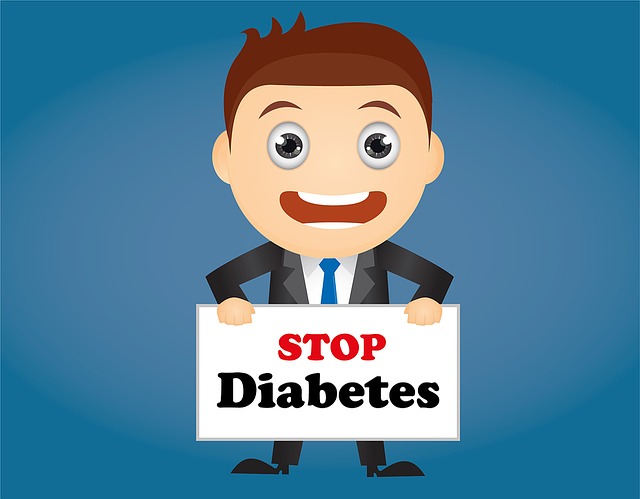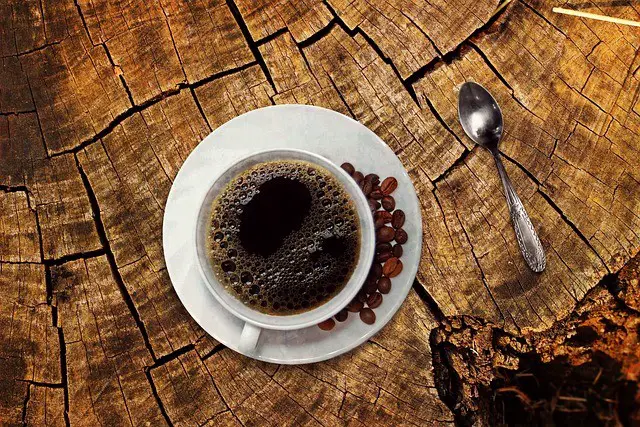Most people with diabetes usually struggle with hyperglycemia, which is an elevated blood sugar level. This is why when you check your blood sugar in the morning, and find they are within normal range or lower you are relieved. But, should you be?
Low blood sugar is often not paid attention to because diabetics expect their blood sugar levels to be too high is the only problem they can encounter with this condition. Hypoglycemia unawareness is a serious challenge in the USA, and not addressing this elephant in the room can lead to increased mortality rates due to diabetes.
In the spirit of fixing hypoglycemia unawareness, I will be educating you on how to test for low blood sugar. This article will discuss what hypoglycemia (low blood glucose) is, the causes of hypoglycemia, hypoglycemia symptoms, and what to do when your blood sugar level drops.
What is Hypoglycemia?
According to the American Diabetes Association, hypoglycemia or low blood glucose refers to when your blood glucose levels drop too low that you need to do something to elevate them back to normal range. It is what is called low blood sugar.
Hypoglycemia is common in insulin-treated diabetes. Nearly half of the individuals with type 1 diabetes suffer from low blood glucose levels. Individuals suffering from type 2 diabetes on sulfonylurea or meglitinide oral diabetes medication are at a higher risk of developing hypoglycemia.
I have mentioned two important aspects of low blood sugar, blood glucose level drops, and normal range. Which brings the question, what blood sugar readings are considered low blood sugar?
Blood Sugar Level Ranges
These are the blood sugar level ranges that will enable you to know whether you are hypoglycemic, hyperglycemic, or within normal blood sugar levels range.
Normal Blood Glucose Range
The American Diabetes Association recommends the following blood glucose readings:
- Before meals: 80-130 mg/dL or 4.4-7.2 mmol/L
- Two hours after meals: Below 180 mg/dL or 10 mmol/L
For healthy individuals, the targeted blood glucose levels are:
- Before meals: 42-99 mg/dL or 4-5.4 mmol/L
- Two hours after meals: 140 mg/dL or 7.8 mmol/L
Blood glucose normal ranges in diabetes are as follows:
- Before meals: 4-7 mmol/L or 70-130 mg/dL
- Two hours after meals: below 9 mmol/L for people with diabetes type 1 and below 8.5 mmol/L for type 2 diabetes or less than 180 mg/dL
Hyperglycemia
This refers to high blood glucose levels. If blood glucose levels are above 180-200 mg/dL (10-11 mmol/L), then you are considered hyperglycemic.
Hypoglycemia
Low blood glucose levels happen when you don’t have enough glucose in your blood. Blood sugar readings below 70 mg/dL or 3.9 mmol/L are considered low blood glucose levels.
Have you checked your blood glucose? Where do you lie?
How Do You Tell If Your Blood Sugar Is Low Without a Test?
You may be at home and you are not feeling like yourself. What are the telltales that you can look out for to know that you have low blood sugar?
Low Blood Sugar Symptoms
Symptoms of hypoglycemia in people with diabetes can vary depending on an individual and how long you have been in a state of hypoglycemia. Most people do not notice any symptoms of low blood sugar because of hypoglycemia unawareness. When your body has had repeated episodes of low blood sugar, you stop showing any hypoglycemia symptoms.
If the symptoms of low blood sugar do not show, then that means they happen in your sleep when you are unaware of them. The symptoms of low blood sugar include:
Early Symptoms of Hypoglycemia
- Heart palpitations/ tachycardia
- Polyphagia/ extreme hunger
- Lightheadedness
- Trembling
- Numbness/ tingling in the face
- General body weakness
- Anxiety and irritability
- Confusion
- Lack of concentration
- Pallor
- Sweating
Severe symptoms of hypoglycemia
- Slurred speech
- Blurry vision
- Lose consciousness
- Disorientation
- Seizures
- Lack of coordination
When low blood sugar is left untreated for too long, it becomes severe hypoglycemia which requires immediate treatment. This condition is life-threatening.
As I mentioned earlier, if you do not notice any symptoms of hypoglycemia due to hypoglycemia unawareness, they may be happening when you are sleeping. There are symptoms of severe hypoglycemia when sleeping.
Individuals with hypoglycemia unawareness should communicate to their healthcare providers any time they notice any symptoms of low blood sugar.
Symptoms of Nocturnal Hypoglycaemia
- Sweating on pajamas and sheets
- Nightmares
- Crying in your sleep
- Fatigue and disorientation when asleep
- Restless sleep
What Causes Low Blood Sugar?
The common causes of a low blood sugar episode include:
- Inadequate food intake from prolonged fasting or starvation
- Skipping meals
- Too much insulin or diabetes medications
- Drinking alcohol
- Incorrect timing of insulin and carb intake
- Intense exercise routine
- Medications like antimalarial drugs
- Medical conditions like hepatitis, pancreatitis, and kidney diseases
When you notice the symptoms kindly seek medical attention. You can use a continuous glucose monitor to get alerted anytime your blood glucose falls below normal.
Can You Have Low Blood Sugar Without Diabetes?
People without diabetes can also suffer from low blood glucose levels. There are two types of non-diabetes-related hypoglycemia:
Reactive hypoglycemia
Reactive hypoglycemia is an uncommon meal-induced low blood sugar episode, that happens 2-4 hours after high simple carbohydrate intake which leads to a sudden spike and then a fall in blood sugar. It can be caused by bariatric surgery like gastric bypass surgery that increases blood glucose absorption which leads to excess production of insulin.
Fasting hypoglycemia
If you are not diabetic, hypoglycemia is not induced by fasting. You can fast for long periods triggering your body to use stored glucose to increase blood sugar. What can cause fasting hypoglycemia in individuals without diabetes?
- Illness: Liver disease, kidney failure or sepsis can lead to hypoglycemia due to the increased demands for energy. Also, severe sickness can cause nausea and vomiting, and loss of appetite that affects your ability to eat, which can lower blood glucose.
- Alcoholism: Too much alcohol leads to hypoglycemia because it tampers with gluconeogenesis. It also affects food consumption, which makes your body use up stored glucose for energy.
- Insulinoma: This is a tumor in your pancreas that produces too much insulin which can cause hypoglycemic episodes, mostly early in the morning.
- Adrenal insufficiency: This lowers cortisol levels. Cortisol is a hormone that plays a significant role in blood sugar control.
- Non-islet cell tumor hypoglycemia (NICTH): Although rare, this is a tumor that releases excess insulin growth factor 2 (IGF-2) that has the same effects on blood glucose as insulin. This can cause hypoglycemia.
- Beta-blockers and some antibiotics can cause low blood sugar.
There are individuals at higher risk of diabetic hypoglycemia. If you are any one of the following, check your blood sugar as often as possible to be able to treat hypoglycemia in time before complications arise:
- People taking multiple medications
- Young children and the elderly
- Diabetics on insulin
- Disabled individuals with mobility issues that slow down response to falling blood sugar
- People with impaired kidney and liver function
- People with diabetes taking sulfonylureas
- Alcoholics
What Complications Arise from Hypoglycemia
Severe hypoglycemia is life-threatening and can lead to the following complications:
- Cardiac arrest
- Cardiac arrhythmias
- Multiple organ failure
- Brain damage
- Coma
- Loss of life
How To Test for Low Blood Sugar
You can do a self-test for low blood sugar at home if you experience low blood sugar symptoms. All you need is a glucometer (blood glucose meter) and you are good to go.
How Do I Test Myself for Low Blood Sugar?
There are two types of glucometers you can use for self-testing:
Basic/Standard Glucometer
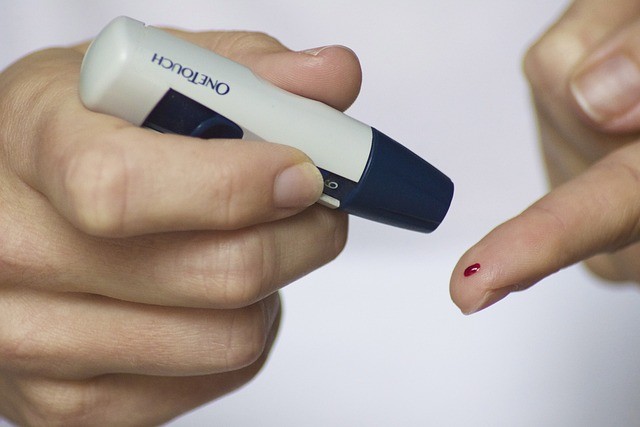
These are used to check your blood sugar at specific moments. It is handheld with a screen, and it uses disposable test strips that contain chemicals that can detect blood glucose.
Your standard glucometer may come with a lancing device that is spring-loaded with needles for puncturing your skin to collect a blood sample. This is how to test for low blood sugar: puncture your fingertip and carefully touch the test strip on your glucometer. The strip will absorb the blood, measure your blood sugar and display the reading on the screen.
Continuous Glucose Monitor (CGM)
This is a tiny device inserted under the skin of your abdomen or the back of your upper arm. It continuously measures your blood glucose after every few minutes. The information is sent to your smartphone which enables you to check your blood sugar throughout the day.
Continuous Glucose Monitor-Insulin Pumps Combo
This one functions as a blood glucose meter and insulin pump. Your test results from the CGM are wirelessly transferred to an insulin pump that calculates the exact bolus insulin dose that you need after meals. The National Institute of Digestive and Kidney Diseases advocates for continuous glucose monitoring.
Blood Tests
Blood tests are another way how to test for low blood sugar. This is done by your health care provider when you are having symptoms of low blood glucose. If your symptoms show after a meal, testing is done after eating.
Blood is also drawn and analyzed in a lab to check if there is an underlying cause of your hypoglycemia.
Hypoglycemia Treatment
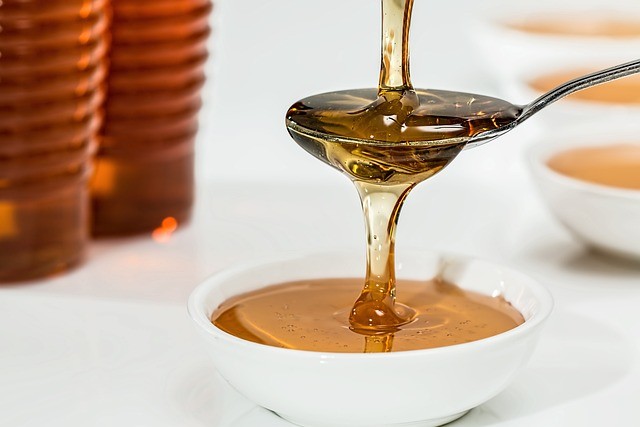
The American Diabetes Association suggests using the “15-15” rule to treat mild or moderate cases of hypoglycemia. The 15-15 rule entails:
- Consuming 15 g of fast-acting carbs to quickly raise your blood sugar
- Check your blood glucose after 15 minutes
- If it is below 70 mg/dL, take another 15 g of fast-acting sugar.
- Repeat this until low blood glucose is corrected.
Here are some foods you can eat to get the 15 g needed to elevate low blood glucose levels:
- Half a cup of fruit juice or regular soda (not diet)
- I small fruit, like half a banana
- 1 tablespoon of corn syrup or honey
Treatment for Severe Hypoglycemia
Severe low blood glucose levels are treated differently from mild hypoglycemia. Severe hypoglycemia causes slurred speech and loss of consciousness, which can lead to choking if food is given.
The diabetes management plan for severe hypoglycemia requires the use of glucagon to elevate low blood glucose levels. Glucagon is a hormone produced by the pancreas that promotes the breakdown of glycogen into glucose. When blood sugar in your blood drops, you need your body to produce as much glucose from its stores as possible.
You can administer glucagon through an injection or dry nasal spray. Do not inject insulin in cases of hypoglycemia (low blood glucose). The synthetic glucagon will trigger your liver to release stored glucose, raising your blood glucose level.
Injectable glucagon is administered on the thigh, butt, or arm. The powdered glucagon is sprayed into the nostrils. Ensure you read the instructions on the kit before administering glucagon to raise blood glucose levels.
A person regains consciousness 5 to 15 minutes after glucagon administration, and they may experience nausea and vomiting. Roll them on their side to prevent choking.
Ensure you speak to your diabetes team if you experience frequent episodes of low blood sugar levels. Your healthcare provider can assist you to manage severe low blood sugar by changing your medication dose, meal planning, and changing your exercise routine.
How to Take Care of Yourself
Individuals with frequent episodes of hypoglycemia or with an underlying cause of hypoglycemia should always carry their medical ID to enable people to know how to assist them in emergency cases.
Always carry emergency glucagon, and you can educate those around you on when and how to use it to restore your glucose level to normal. You need to monitor your blood sugar closely if you experience low blood glucose levels frequently.
Can You Fix Low Blood Sugar Without Eating?
Yes, you can elevate your blood glucose level without consuming any food. There are products in the market designed to elevate low blood sugar levels on consumption. They include:
- Glucose gel: you can take 2 tubes of glucose gel to elevate low blood glucose. Check your blood sugar after consumption, if there’s no improvement then opt for fast-acting carbohydrate foods.
- Chewable glucose tablets: Eating four glucose tablets is another method of disease control. If you check your blood glucose after 10 to 15 minutes of taking glucose tablets and don’t notice any improvements, try eating foods high in simple carbs. Keep monitoring your sugars until they rise to normal.
These options do not require a prescription from your healthcare provider.
How Can You Prevent Low Blood Glucose?
It may be difficult to completely prevent low blood sugar when diabetic, however, it is possible to lower the number of hypoglycemia episodes you experience. Here are a few ways to prevent low blood glucose:
- Follow your diabetes medication prescription.
- Do your exercise and eat your meals as recommended by your diabetes care team.
- Use a CGM to check your blood glucose at different points in the day, including before and after meals, after the workout, and before bed.
- Every time you experience low blood sugar, take note of details concerning the episode. This can help your healthcare provider to adjust your management plan to prevent severe hypoglycemia.
- Eat small frequent meals rich in simple carbs like potatoes and rice. Their sugars are released quickly into the bloodstream making them the best for elevating low blood glucose. Avoid highly processed foods.
Can Anxiety Cause Hypoglycemia?
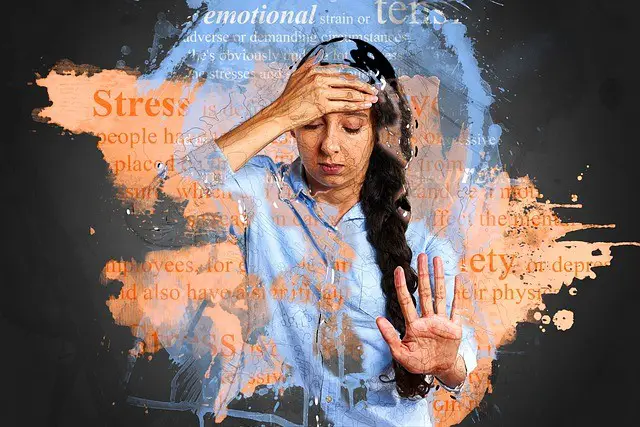
There is a relationship between anxiety and hypoglycemia. Although, anxiety does not cause hypoglycemia. On the other hand, hypoglycemia can cause anxiety. When blood glucose drops your body releases epinephrine, a “fight or flight” hormone that triggers your liver to make more glucose.
In addition, adrenaline is also released which increases your heart rate and makes you sweaty. If you are in a prolonged state of hypoglycemia, your body releases cortisol, a stress hormone, which helps control your mood and fear.
What is adrenaline plus epinephrine plus cortisol equal to? You do the math!
How Long Does It Take to Recover from Low Blood Sugar?
A study was done to determine the time required for recovery of cognitive function and mood after severe hypoglycemia in insulin-treated diabetes and concluded that recovery from any cognitive decrement after severe hypoglycemia was complete after 36 hours.
Persistence in cognitive decrement may be caused by previous exposure to recurrent episodes of hypoglycemia.
Bottom Line
diabetics are more aware of hyperglycemia (high blood sugar), its causes, and dietary plans like the keto diet to manage it. However, hypoglycemia unawareness has become too rampant increasing the risks of recurrent severe low blood sugar episodes, which are life-threatening. Continuous glucose monitoring is necessary in hypoglycemia to reduce the acceleration of mild cases to severe ones.
When last did you check your blood glucose? Did you know how to test for low blood sugar before reading this article? Is your diabetes insulin managed or medication managed? How do you raise your blood sugar during a hypoglycemia episode? Drop your answers in the comments below!

